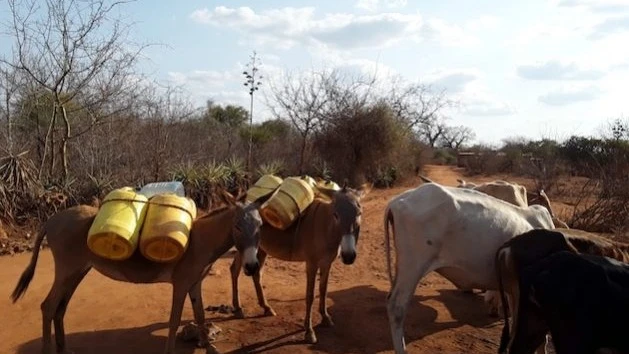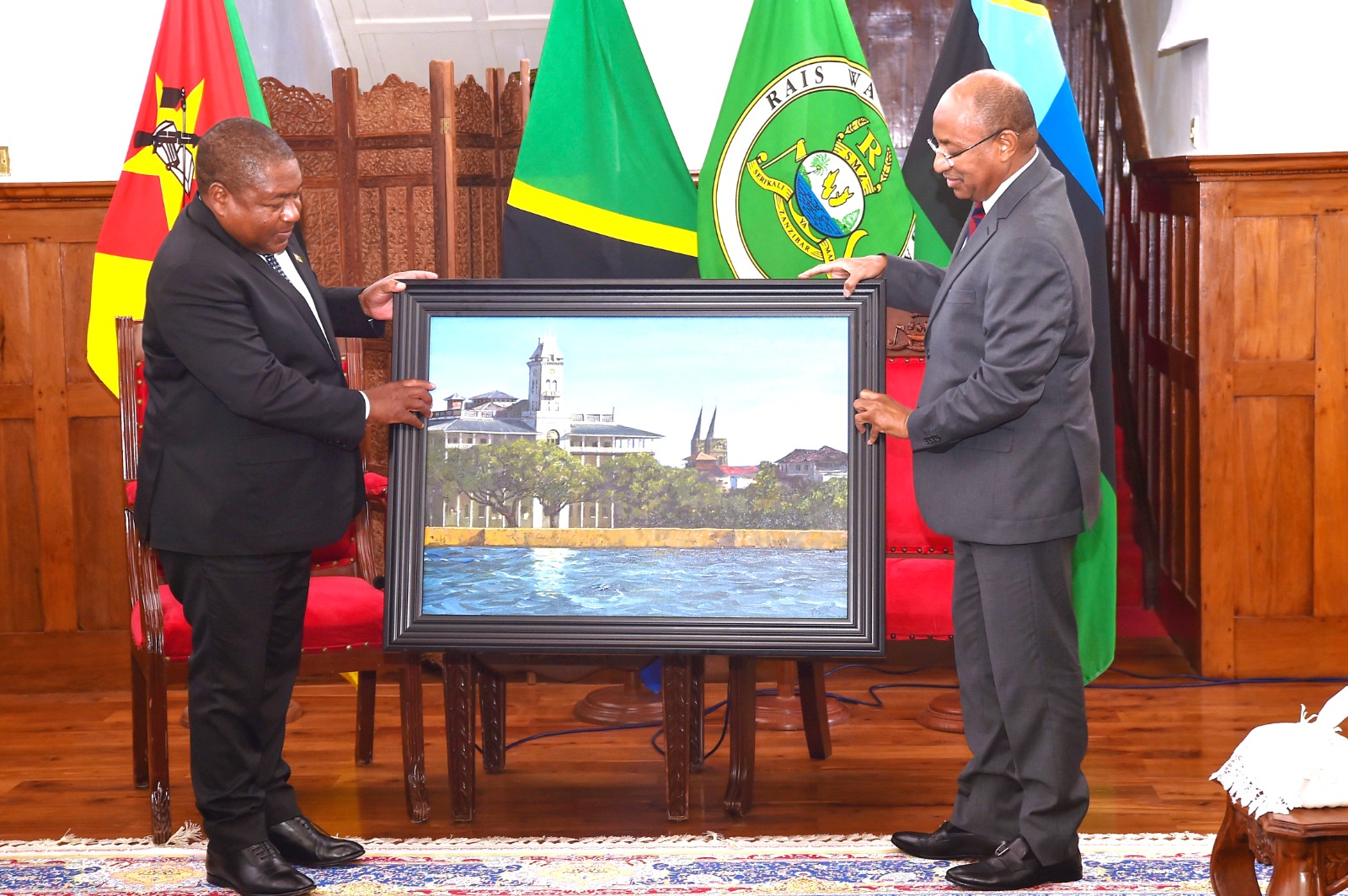TTB to solidify tourism as primary economic driver

The Tanzania Tourism Board (TTB) has said is striving to metamorphose the tourism sector into the preeminent driver of economic growth, as the country is currently rising in the realm of global tourism map.
The board’s objectives involve increasing foreign exchange earnings and swelling international arrivals, consequently establishing tourism as a cornerstone of the nation’s flourishing financial landscape.
Amidst challenges and uncertainties, the nation has demonstrated indomitable spirit and tenacity, ultimately emerging as a beacon of hope and inspiration for countless others who strive for similar success.
Defying expectations, the East African gem has witnessed a phenomenal rebound in its tourism sector, with both the influx of travelers and revenue generated now surpassing pre-pandemic levels.
At a gathering last weekend in Mikumi National Park, Ephraim Mafuru, TTB Director General, took great pride in revealing the organization's ambitious goal for the tourism industry.
With a clear and resolute voice, Mafuru declared that the TTB seeks to transform the tourism sector into the leading economic contributor by attracting a growing number of visitors from around the globe.
Fueled by their passion for preserving and promoting Tanzania's breathtaking landscapes, vibrant culture, and unique wildlife experiences, the TTB team is dedicated to making this vision a reality.
According to the latest statistics from Mafuru, as of December 31, 2023, an astounding 1,808,000 international tourists had journeyed to Tanzania to immerse themselves in its enchanting tapestry of experiences.
This represents significant growth compared to the same period in 2019, when 1,527,000 visitors traveled through the country, leaving an indelible mark on its welcoming soil and providing testament to their experience.
Media reports suggest that the tourism sector remains a critical source of foreign currency, generating USD $3.58 billion in revenue in March of this year, up from USD $2.7 billion recorded during the same month in 2023.
Similarly, revenues surged in April of this year, reaching USD $5.75 billion compared to USD $2.8 billion registered during the same month in 2023.
Notably, other top contributors include mineral exports, which amounted to USD $3.1 billion in April of this year and transportation services, responsible for USD $2.5 billion generated during the same period.
Therefore, by sharing his aspirations with such fervent enthusiasm, Mafuru has ignited excitement and anticipation within both the local community and the international audience. He has positioned Tanzania on the path toward unprecedented growth and prosperity through sustainable tourism development.
Additionally, since the northern tourism circuit has been thriving, the focus is now on stimulating and elevating the country's southern tourist circuit, with TTB making monumental strides beyond merely attempting to increase visitor numbers.
The board has envisioned a groundbreaking initiative; the introduction of innovative tourism marketing themed "Tanzania Unforgettable." This will complement what President Samia Suluhu Hassan initiated with the famous 'Royal Tour' documentary and the 'Amazing Tanzania,' which targets the Chinese market.
These additions are meticulously designed to perfectly supplement the country's globally recognized wildlife attractions, ensuring an even more captivating and holistic experience for travelers from around the world.
According to Mafuru, among the tourism products the board hopes to initiate are not limited to wildlife but also include increased emphasis on beach and floating restaurants, cultural and historical tourism, meetings and events tourism, as well as sports tourism.
Mafuru stated, "We understand that the needs of tourists are changing. Therefore, as a board, we have agreed that in order to promote various attractions, we must be creative."
Mafuru further illustrated his point with the following examples: "Take, for instance, the Great Serengeti Wildebeest Migration. We could develop it into a standalone product for which tourists pay exclusively to witness this natural marvel.”
Adding: “Specifically, tourists may choose to observe over 1.8 million wildebeests on the move, accompanied by significant numbers of zebras, Grant's gazelles, Thompson's gazelles, elands, and impalas.”
“Alternatively, visitors might opt to pay for the opportunity to behold the calving season, which takes place between January and March. During this time, expectant female wildebeests give birth. In actuality, nearly 8,000 calves are born every day during that three-month period.
Mafuru believed that such an abundance of young and inexperienced animals serves as a powerful attraction for African predators. Consequently, the likelihood of observing predator-prey interactions or even capturing footage of a kill is significantly heightened throughout the Serengeti calving season.
This offers excellent opportunities for wildlife photography enthusiasts while simultaneously posing potential threats to the lives of vulnerable wildebeests but that is nature.
Top Headlines
© 2024 IPPMEDIA.COM. ALL RIGHTS RESERVED

























